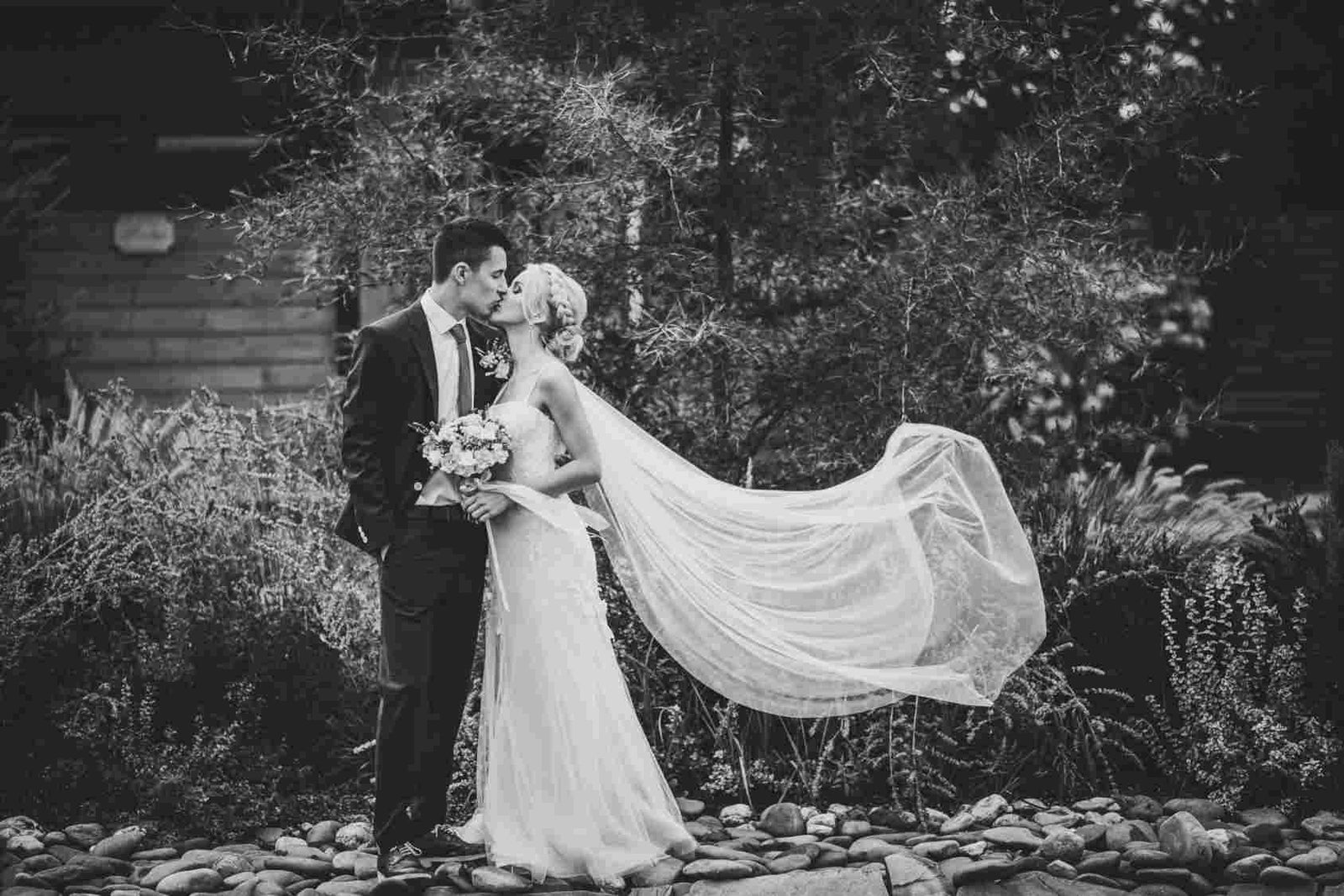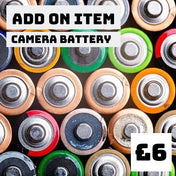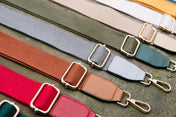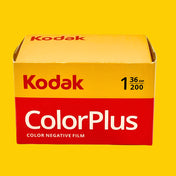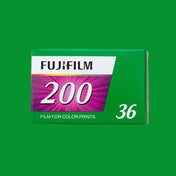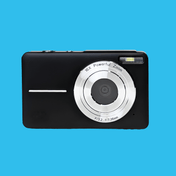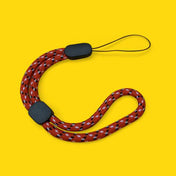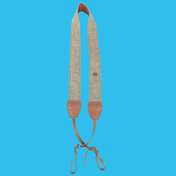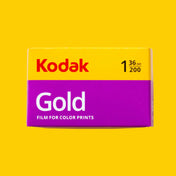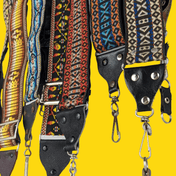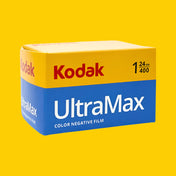The Analog Revival in Portrait & Wedding Photography
Film photography isn’t just a niche for hobbyists anymore—it’s back in the heart of life’s biggest moments. Across the UK and beyond, more photographers are offering film alongside digital for portraits and weddings, and more couples are asking for it. Why? Because film feels intentional. It slows everything down just enough to notice what matters: touch, light, breath, and the quiet in-between moments.
Why film resonates at weddings
Film brings qualities that fit weddings perfectly.
A timeless look: The gentle roll-off in the highlights, the organic grain, and the lifelike skin tones create an aesthetic that never feels dated. It’s the opposite of trendy filters—film is classic by design.
Intentionality: With a limited number of frames, photographers slow down and pay attention. That change in pace—composing, metering, choosing the moment—often leads to images that feel more considered and more personal.
Tangible memories: Negatives and prints are physical artefacts. They age with you, becoming heirlooms that can be held, framed, and passed on. Couples increasingly want keepsakes that feel real and permanent.
Presence over perfection: Film encourages honest, unforced storytelling. It values atmosphere and emotion over micro-perfection and over-editing, which aligns with how many couples want to be remembered.
How professionals are integrating film (without losing coverage)
Modern wedding workflows don’t have to be either/or. The most effective approach for many teams is a hybrid: use digital for full coverage and speed, and use film for key story beats.
- Pre-ceremony and details: Film shines on dress details, florals, stationery, and still moments—especially in natural window light.
- Portraits and golden hour: Colour stocks such as Kodak Portra 400 or Kodak Gold 200 and classic black-and-white like Ilford HP5 Plus elevate couple portraits and family groupings with depth and nuance.
- Selective candids: A few film frames at the aisle, confetti toss, first dance, or a quiet moment with parents can become signature images.
Couples get the best of both worlds: comprehensive documentation plus film photographs that feel intimate and enduring.
Planning film into your wedding day
A little preparation makes film hassle-free on the day.
Agree the “film moments”: Decide in advance where film belongs—vows, portraits, golden hour, parents and grandparents, table details, or even the dancefloor. A focused plan ensures film lands where it has the most impact.
Talk light: Film loves good light. Build in time for natural-light portraits, and consider a quick schedule nudge to catch the softest light of the day.
Decide deliverables: Many couples choose a blend of high-resolution scans and a small set of prints. It’s worth deciding on a print size and album style before the wedding so turnaround is straightforward.
Budget realistically: Film adds material and lab costs. Most couples see it as a premium, artisanal layer—like letterpress stationery or a live string quartet—because it changes how the day is captured and remembered.
The films professionals trust (and why)
If you’re exploring film for your wedding or portrait work, start with a tight, proven palette. These stocks deliver consistent results across real-world lighting.
Kodak Gold 200, is warm and nostalgic, perfect for daylight portraits and outdoor celebrations.
Ilford HP5 Plus 400, is the black-and-white staple, offering forgiving exposure latitude, printable tones, and beautiful contrast.
Fujifilm C200, is budget-friendly yet versatile, delivering clean colour and smooth skin tones for candid moments.
For high-end work, Kodak Portra 400, remains the professional’s choice for skin tones and golden-hour light.
For more choice, browse our full 35mm Film Collection and find the perfect film to match your wedding story.
Cameras that suit weddings and portraits
Whether you’re a couple commissioning film or a photographer building a hybrid kit, dependable 35mm SLRs remain the sweet spot for versatility, lens choice, and reliability.
The Pentax K1000, is the classic teaching camera, fully manual and rugged, ideal for photographers who value craft and control.
The Pentax ME Super, adds aperture-priority automation in a smaller body, a perfect balance of speed and creativity.
The Pentax P30, offers auto-exposure convenience, making it a reliable option for fast-moving wedding timelines.
Each of these cameras shows Pentax’s ability to make photography accessible without sacrificing quality—a tradition that the Pentax 17 now carries forward in a modern way. You can also explore our full Pentax Collection for more options.
Canon fans will find the Canon AE-1 Program, a versatile, easy-to-use body that has been a wedding favourite for decades.
Nikon users can turn to the Nikon FG, a lightweight SLR with program, aperture-priority, and manual modes, excellent for dynamic shooting conditions.
For couples: how to choose a photographer who shoots film
Ask about their process: Do they shoot film exclusively or as part of a hybrid package? How many rolls do they typically shoot, and at what moments?
View full galleries: Always ask to see complete wedding stories, not just highlight reels, to understand how a photographer handles varying conditions.
Discuss scanning and prints: Film truly shines when printed. Clarify what you’ll receive in terms of scans, negatives, and physical prints.
Talk through timelines: Build in a short, relaxed session for film portraits to ensure the photographer can focus on quality over speed.
For photographers: practical tips to integrate film smoothly
Pre-meter and pre-plan: Choose your films for each part of the day and stick with them. Consistency across rolls matters.
Carry redundancy: Two bodies loaded with different films (for example, HP5 indoors, Gold 200 outdoors) reduce stress and reload time.
Shoot with confidence: Commit to frames. Film’s cost pushes you toward intentional, confident choices, which clients will appreciate.
Package it clearly: Be transparent about how film fits in—how many rolls, what moments, and what deliverables.
Memory and longevity: why film becomes an heirloom
Weddings are about legacy. Negatives and prints, properly stored, can last for generations, offering a physical, enduring archive that feels meaningful. Digital files are easy to share, but they risk being lost to outdated formats or forgotten cloud accounts. Film, in contrast, gives permanence.
Putting it all together
Film isn’t a novelty—it’s a natural fit for weddings. It brings pace, presence, and permanence to days that deserve to be remembered with care. Couples see it as an investment in timelessness. Photographers see it as a craft that elevates their artistry.
At Film Camera Store, we’re proud to support this revival with cameras and film stocks trusted for portraits and weddings, from the Pentax K1000 and Canon AE-1 Program to professional films like Kodak Portra 400 and Ilford HP5 Plus
Film isn’t just back—it’s being celebrated where it matters most: in the portraits and weddings that people will cherish for generations.
FCS-B-85

